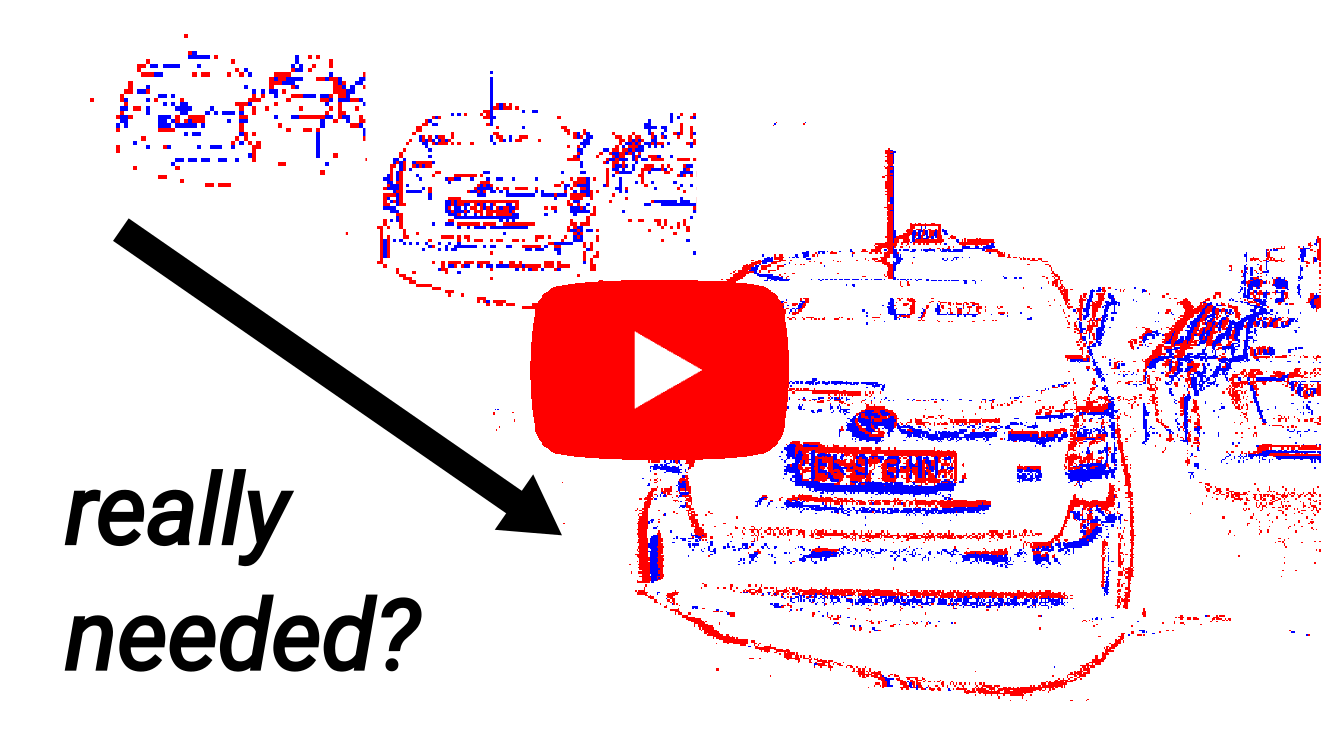Are High-Resolution Event Cameras Really Needed?
Paper and Video
Introduction
Due to their outstanding properties in challenging conditions, event cameras have become indispensable in a wide range of applications, ranging from automotive, computational photography, and SLAM. However, as further improvements are made to the sensor design, modern event cameras are trending toward higher and higher sensor resolutions, which result in higher bandwidth and computational requirements on downstream tasks. Despite this trend, the benefits of using high-resolution event cameras to solve standard computer vision tasks are still not clear. In this work, we report the surprising discovery that, in low-illumination conditions and at high speeds, low-resolution cameras can outperform high-resolution ones, while requiring a significantly lower bandwidth. We provide both empirical and theoretical evidence for this claim, which indicates that high-resolution event cameras exhibit higher per-pixel event rates, leading to higher temporal noise in low-illumination conditions and at high speeds. As a result, in most cases, high-resolution event cameras show a lower task performance, compared to lower resolution sensors in these conditions. We empirically validate our findings across several tasks, namely image reconstruction, optical flow estimation, and camera pose tracking, both on synthetic and real data. We believe that these findings will provide important guidelines for future trends in event camera development.
Publication
If you use this code in a publication, please cite our paper. D. Gehrig and D. Scaramuzza, "Are High-Resolution Cameras Really Needed?" arXiv, 2022.
@article{Gehrig21arxiv,
title={Are High-Resolution Cameras Really Needed?},
author={Gehrig, Daniel and Scaramuzza, Davide},
journal={arXiv},
year={2022}
}


